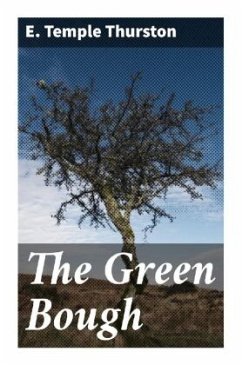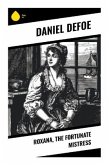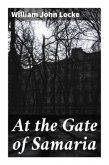E. Temple Thurston's "The Green Bough" is a richly woven tapestry of love, loss, and the delicate interplay between nature and human emotion. Set against the backdrop of the English countryside, this novel unfolds through Thurston's lyrical prose and vivid imagery, employing an impressionistic style that immerses readers in the characters' psychological landscapes. The narrative encapsulates the turn-of-the-century fascination with the natural world, showcasing how the environment shapes and reflects the inner lives of its protagonists. Themes of nostalgia and the search for meaning permeate the text, positioning it squarely within the literary movements of the early 20th century. Thurston, a poet and playwright, drew upon his own experiences of romance and the natural splendor that surrounded him to craft this poignant work. His upbringing in a literary family fostering a deep appreciation for the arts undoubtedly influenced his narrative voice and thematic choices in "The GreenBough." The author's duality as both an observer and participant in the intimate intersections of life lends authenticity and depth to his character portrayals. This novel is a celebration of human resilience and emotional beauty, making it a recommended read for those who appreciate literary explorations of the heart. Readers will find themselves captivated by Thurston's stirring prose and the rich emotional currents that ripple through every page, offering a timeless reflection on the fullness of life.
Bitte wählen Sie Ihr Anliegen aus.
Rechnungen
Retourenschein anfordern
Bestellstatus
Storno








